I have started this blog to record my progress in getting back to control line racing. My first and only attempt was back in 1992 with my good friend Sion Burns at the British Nationals in the precursor to British Goodyear, Class 2 Goodyear. We were at the Nationals racing Club 20 Pylon, in which we both competed in to good effect for many years. Sion was to become double National Champion.
We both shared a keen interest in control line racing and hatched a plan to compete in Class 2, which culminated in some enjoyable racing and an award for ‘Best Newcomers’ in Class 2 Goodyear. Equally it could have been named ‘Only Newcomers’ and we would have probably stood an equal chance of winning the trophy…..
Radio or ‘remote’ control is just that, you are somewhat alienated from the model, it is often a distant entity. But that was the route open to me and I spent many years racing Club 20 when it was a ‘proper’ racing event. The models were very attractive, handled fantastically, and felt very quick around the small course. The class was extremely popular and the standard of competition at the sharp end edged higher year on year. Motors were bog standard, usually OPS, and had consistent performance. The models used simple Irvine Super Silencers, mustard tin fuel tanks and 2 channel radio. I have many happy memories racing four up, at 135mph down the straight, 6′ up………..
However all good things come to an end and sadly the ‘standard’ engines of some competitors with C/L combat tuning links showed a never seen before performance jump, and next OPS copies started being imported from Russia. These two facts signalled the beginning of the end for Club 20. Ruined by those who couldn’t stand to compete on an even playing field. It’s human nature at work. As a result the rule makers turned back the clock 20 years. The class became became slow, boring and the models ugly and basic. Once what was a viable stepping stone to F3D lost any appeal. Time to move on.
My interest in control line stemmed from a fascination as a kid with anything that flew, and watching friends messing around with model engines. I spent many hours getting oily trying to make a friends Enya 09 actually run. I am fortunate to live close to Beaulieu airfield and I ‘progressed’ quickly from control line to radio controlled planes but this left an itch unscratched.
With control line planes you are directly in contact with the model, as a pilot you can feel the motor running, the weight of the model and its handling characteristics. They can pull hard, rotate pretty quickly and can take a lot of skill to make them work properly. Adding to the fascination of team race is the efficiency of pit stops. Races are often won and lost in this phase, team work is crucial. Not to mention battling the other two teams racing at the same time…
Geographically I am at a disadvantage living n the South of the UK. CL racing has always been a predominantly Northern affair (I barely even speak the language…), but there is some interest centred around London and Bristol. To be able to see the Isle of Wight when walking my dogs in the morning and with zero local interest in CL racing it was always going to be a struggle.
But now, 24 years on, a decision has been made. Despite Sion living in Menorca, we are going to team up again. Models are being built, engines have been purchased. The postie is my new best friend, we chat regularly. There is even the semblance of a plan. VCN 2016, Barcelona, 7 -10th July 2016, is our target. If it all goes wrong at least there’s sun and paella…
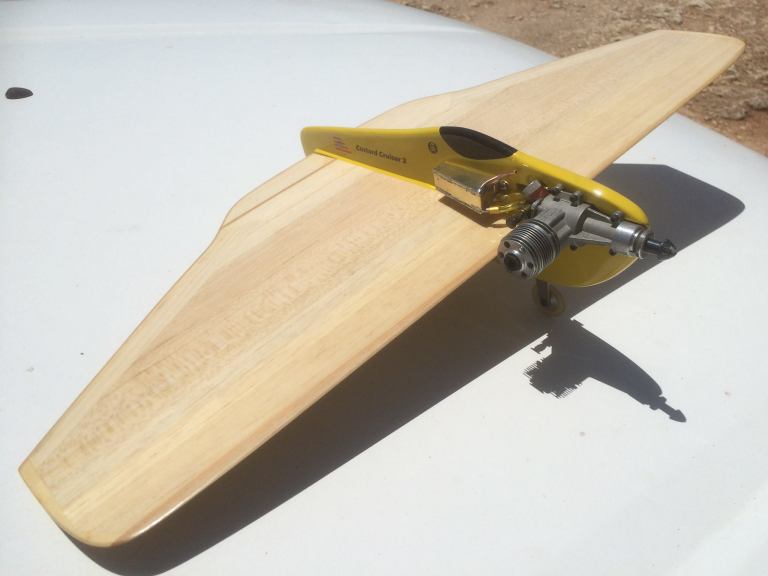
Control Line
Grown men, playing with model planes on wires, going round in circles. Child’s play surely? Well if you’ve flown one, no, not really. These are fast, functional models and take a high degree of skill to extract maximum performance consistently.
My wife said ‘that is the weirdest thing I’ve ever seen’, and when you watch a 3 up race with the pilots fighting in the middle it’s hard to disagree… but there is an elegant harmony in each pilot trying to get the best out of their model simultaneously combined with executing the fastest possible stops. And as it turns out it’s incredibly skillful and difficult to learn. Let alone the oily, noisy end.

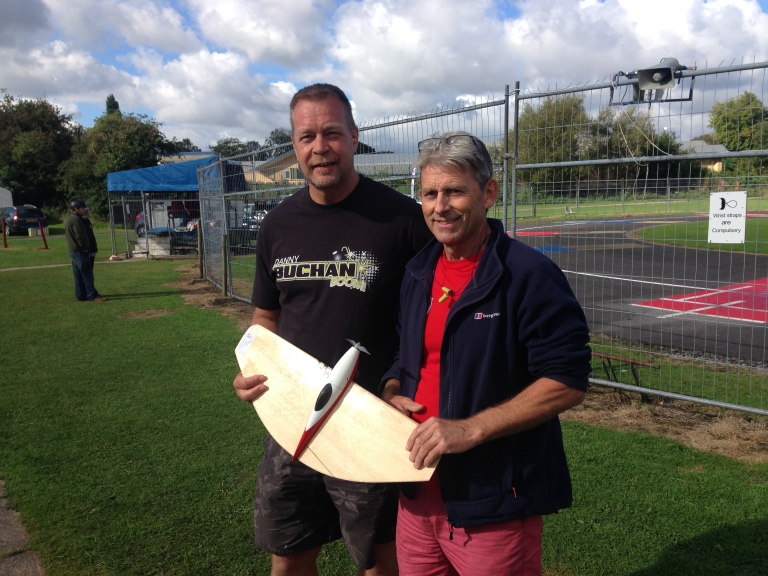
Team Molyneux / Burns, British Nats 2016
Racing icons
As a young man I would pore over the detail provided by Dave Clarkson in his excellent control line column in Aeromodeller magazine. Many of the old black and white photos of domestic competitions, the Nationals and World Championships, are etched in my memory, Dave’s race reports were read over and over and my heroes quickly became apparent.
Steve Smith was an innovator in F2C, the world championship class of control line team racing. Having read about Steve and Colin Brown’s exploits I watched in awe as they raced in Nats finals at Barkston Heath. They deserve mention this blog because seeing there performances was a true inspiration.
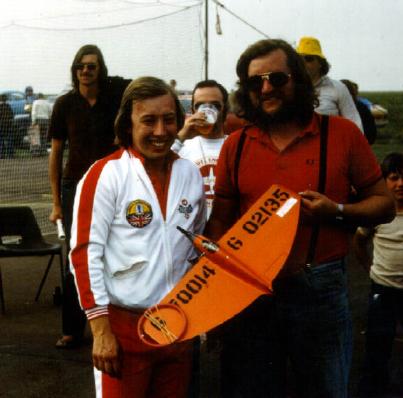
The Plan 2016
- Spanish Nationals, VCN 2016, a bit of Club 15 which is Goodyear with 15cc tanks. It all starts here. And F2F if Sion can get the model rebuilt.
- Some flying at Croydon, I’ve joined 3 Kings club and have an offer of help to fly my models.
- Some flying at Barton, possibly. A few comps, I’ll need a pitman though.
- British Nats, flying British and Open Goodyear as well as F2CN. However there is a small problem. Currently there are no British Nationals!
July 2016 update
My year started with some solo practice at Barton with Ed Needham. I got very dizzy flying the slowest models but after trawling the internet on the suggestion of Sion I tried the Epley manoeuver which amazingly did the trick. From feeling sick flying a 27 for 10 Goodyear model to happily controlling a pretty rapid (sub 20/10) F2F. Overnight.
I have built up a couple of ‘Falcon Special’ models, one for English and one for Spanish rules.
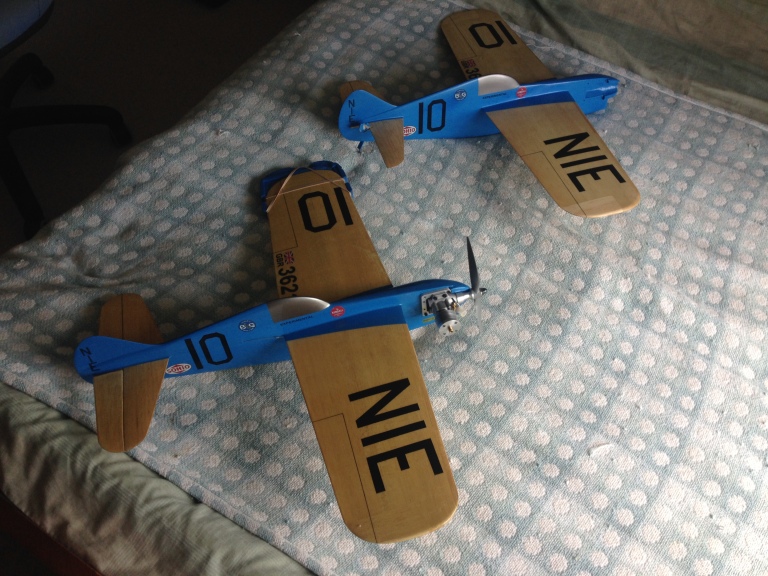

Having just returned from Barcelona I can say that this was a great trip. Our Spanish hosts were superb, Club Tamaran have a fantastic flying site and the weather was scorchio!

My thanks to everyone for a fantastic reception. Pepe and Nico (1st and 2nd R) made us feel very welcome)
The event is very relaxed, with many entries in all events but no FAI classes (except F2F). The atmosphere and informality was perfect as I am still very much starting my learning phase. Will it ever stop? Probably not. But here I progressed from flying Goodyear models to being fairly confident with Sion’s Sosnovski powered F2F model.
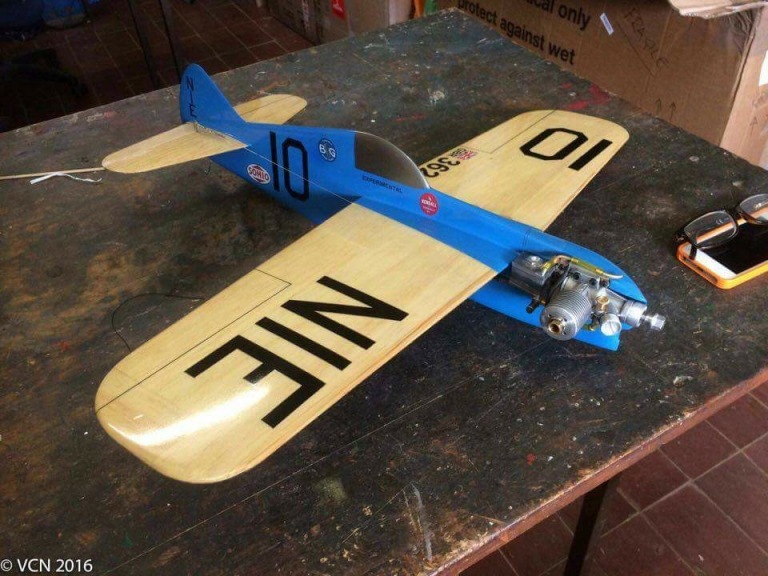
September 2016 update
British Nationals 2016
Due to ongoing issues with the BMFA and the sad disappearance of the ‘Power Nationals’ the Barton Club kindly hosted the 2016 CL racing events. And what a job they did! A second circle was laid thanks to the efforts primarily of Club members and the Barton Committee. Their reward was three days of superb racing in excellent weather.
As suggested earlier Sion and I had planned to fly together this year and entered British Goodyear, F2CN, Classic FAI, Vintage A and we were even coerced into flying F2C….
Turning up to the event suitably under prepared for a team living in separate countries our expectations were pretty low. We acquitted ourselves reasonably well in the heats. Some pitstops were fluffed due to pilot and pitting errors, a few mistakes were made in preparation, and some of the racing was less than efficient but overall much fun was had. Our F2CN time was 5 secs off making the final and we did achieve that objective in Classic FAI. This was due mainly to Sion’s fabulous model and its Rothwell powerplant.
We ended up taking Silver less than a lap down after 180 circuits. A last minute venturi change due to lack of range and subsequent setting error prevented a likely win.
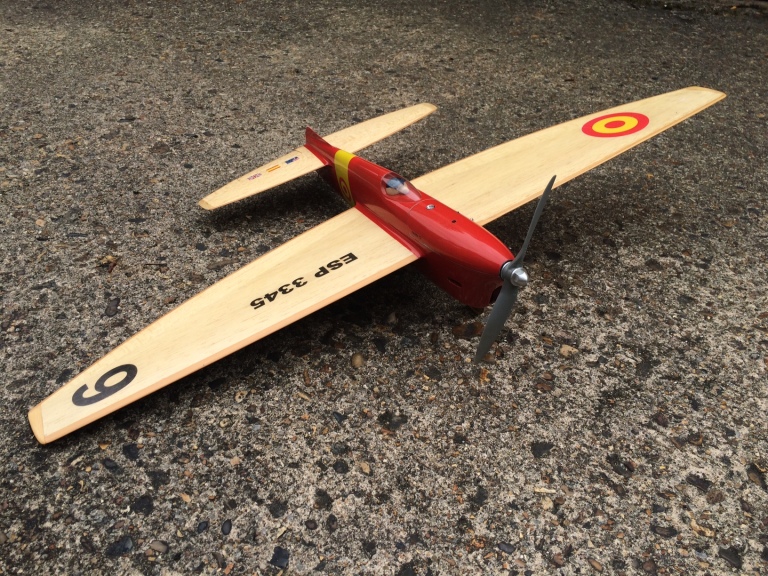
British Goodyear went OK. I built an Argander for this competition, a design that is a delight to race. My Ridley Oliver is pretty good but as always ultimate airspeed is the one issue that cannot be ignored. Our model was doing around 25/10, sometime a little better. But when the engine manufacturer turns up on the day, hands over a motor to a competitor who is struggling and they immediately achieve 23/10 you have to wonder what the incentive is to race. Level playing field? I think not. It is the polar opposite of F2CN. British Goodyear is supposed to be the beginners class and is dominated by experts with factory support. Just ridiculous.
Into 2017…..
2016 proved to be an excellent year. Old friendships renewed, some models built and flown, and lots of learning happened. I’ve probably learned the scale of what I need to know….
My thought moving forwards:
- British Goodyear – for me the class falls short of its intended purpose. It is slow enough to encourage newcomers, but the motors vary too widely in performance. There is the arguement that the same people win because they’re good at what they do. Which is true. But ultimately if you don’t have factory support the perception of the majority is you don’t stand a chance before you’ve started. And the current class leaders would probably still win even if the models were more evenly matched, because they are good at what they do. The light at the end of the tunnel is very, very dim.
- F2CN – much more encouraging. The models fly very well, the competition is strong and most importantly competitive equipment is readily available. The light is on, practice, skill and execution make success feasible.
Which leads me to thinking that if I had to pick one route to go down, F2CN / F2C is the future for me. Goodyear? It’s fun, Open is a bit bonkers, and I will definitely be flying some comps in 2017, just not all of them.
If you have any questions or observations please get in touch


Interesting to hear Simon Molyneux getting into control line. I myself used to race club 20 in the 90s alongside the likes of Simon, Barrie lever, Dave Toyer , Illingworth bros, Clarky, Roger Spencer and others. Also I felt similar to Simon’s point of view regarding the direction that club20 took. The models became Slow and Ugly. But now it seems we might be going back in time a wee bit what with the c32 class. I would still prefer 3.5cc but a least the c32 regs allow for models based on club20 design. That being said mini or tuned pipes need to be reintroduced to slicken up the airframe profile and I that also forcing racers to use a bit of skill in the building of their models as the old club20 models were a precise squeeze to fit the top quality o.p.s. 3.5 sl engine in the nose while incorporating the Irvine super silencer snugly in the undercowl. Well that is on the Tempest and Flowline models but the Tracer still had it running down the fuz. Hence the Tracer did not many races. If any at all.
Simon, if you happen to read this, its good to hear your still involved and would you be able to let me know where to purchase three or four Tempest fuz and wings. Is the Molyneux/Lever Epoxy Tempest still available? or may be the Toyer Polyester/Glass fuz? Not seen them available since Barry closed Pylonline. Any help would be good. Many thanks.
LikeLike